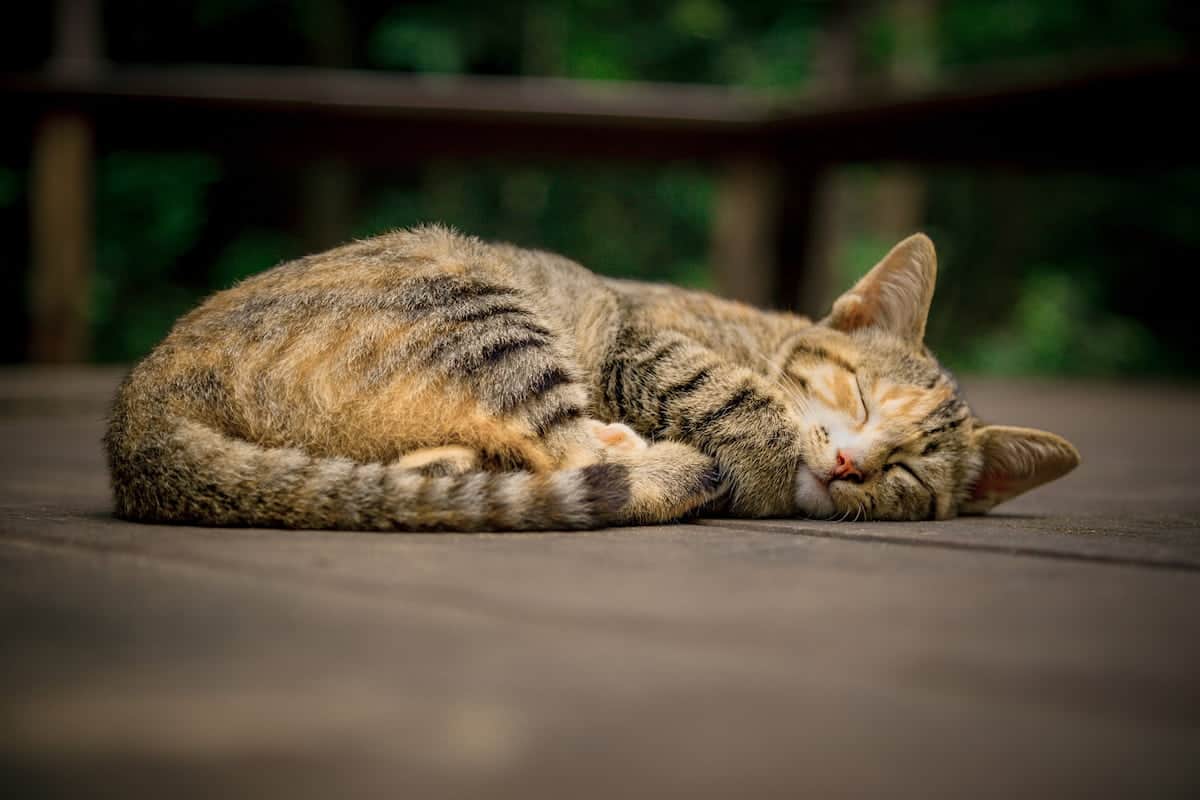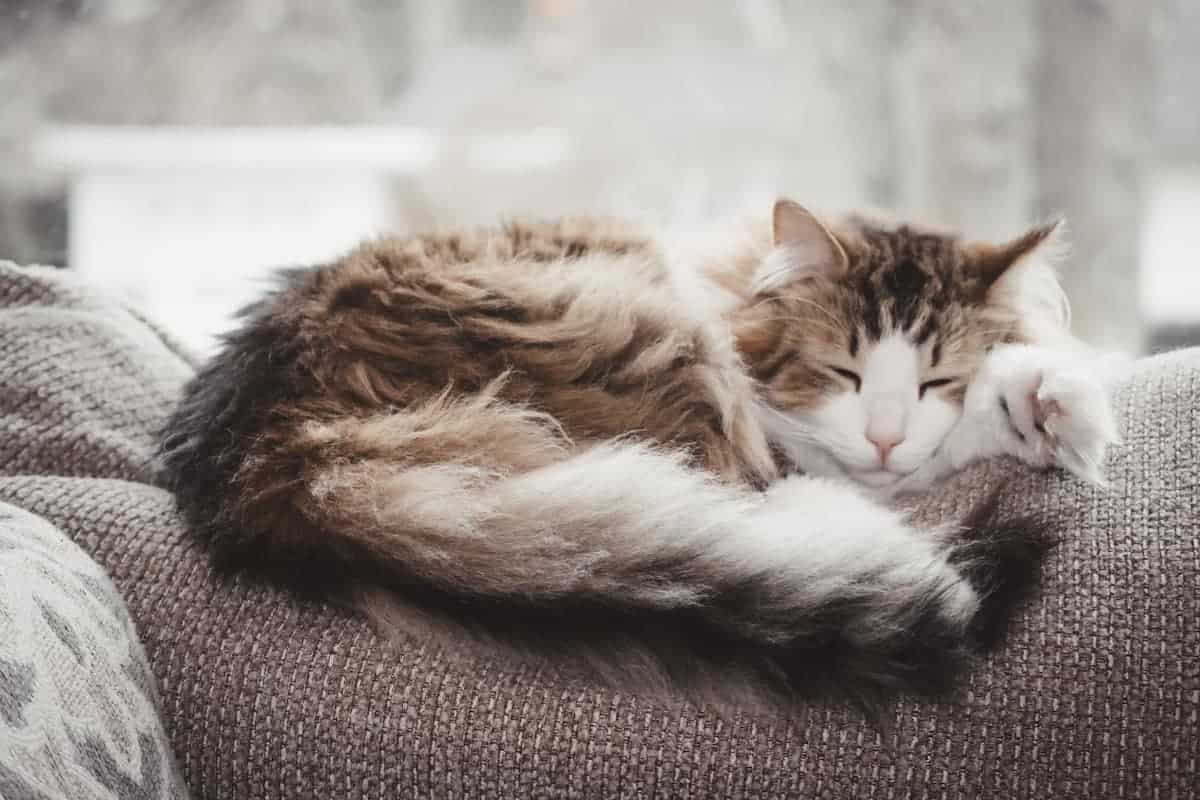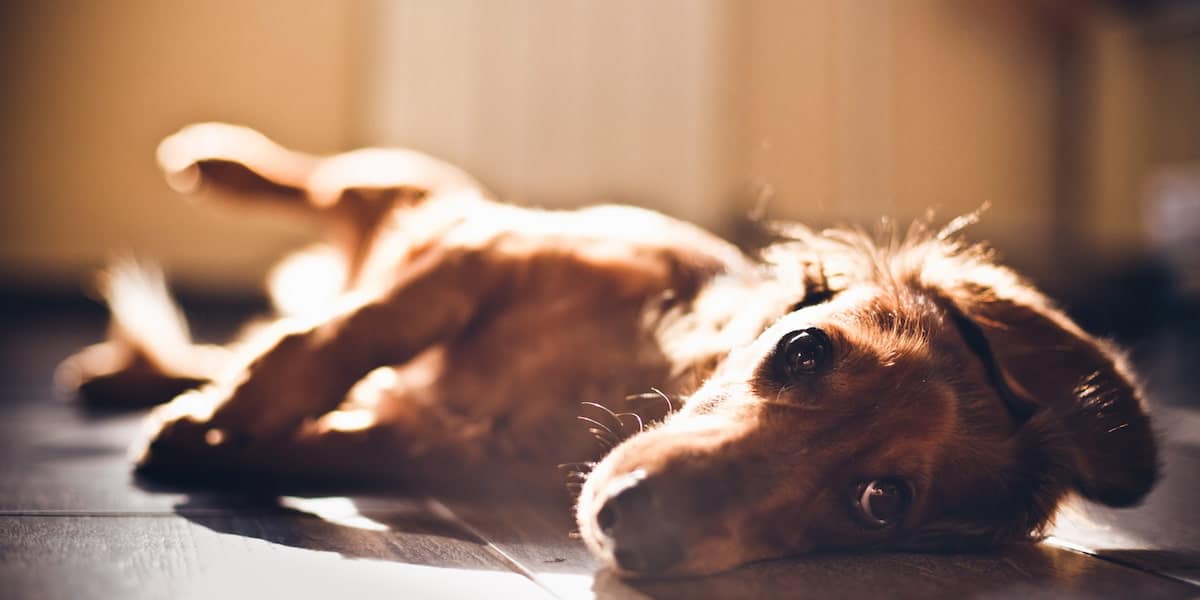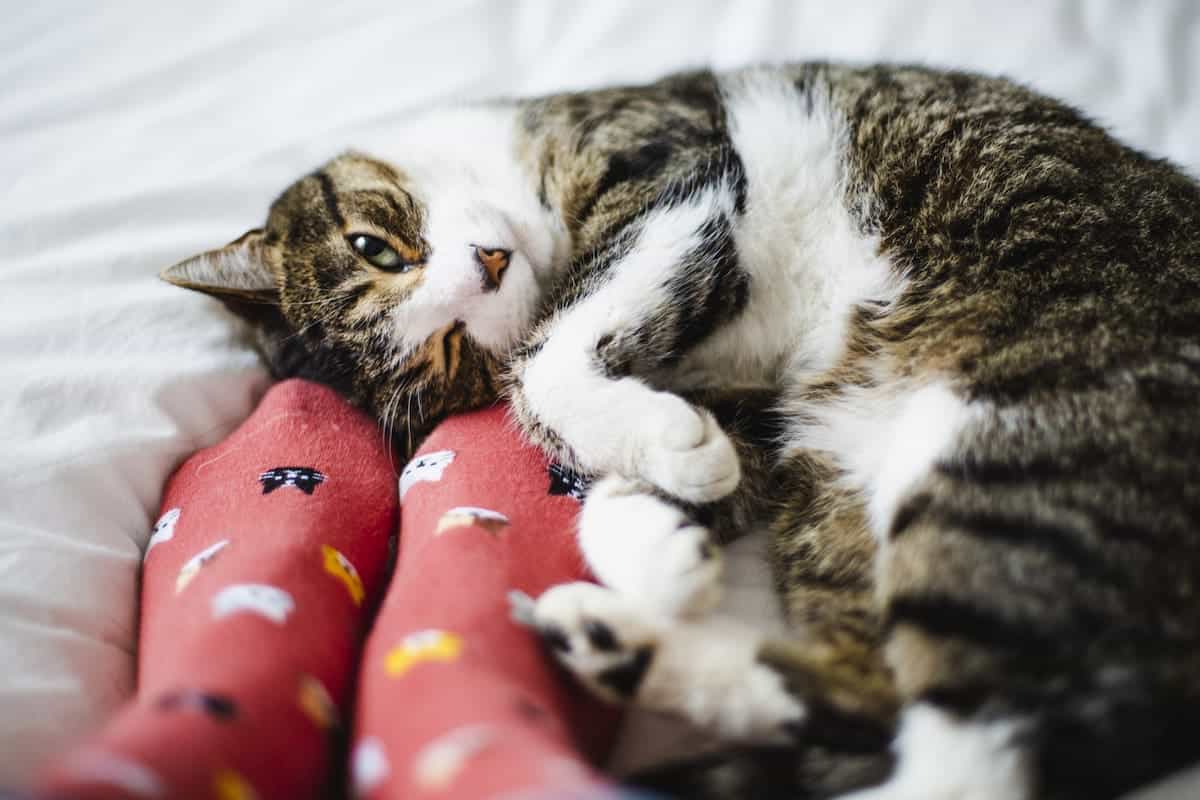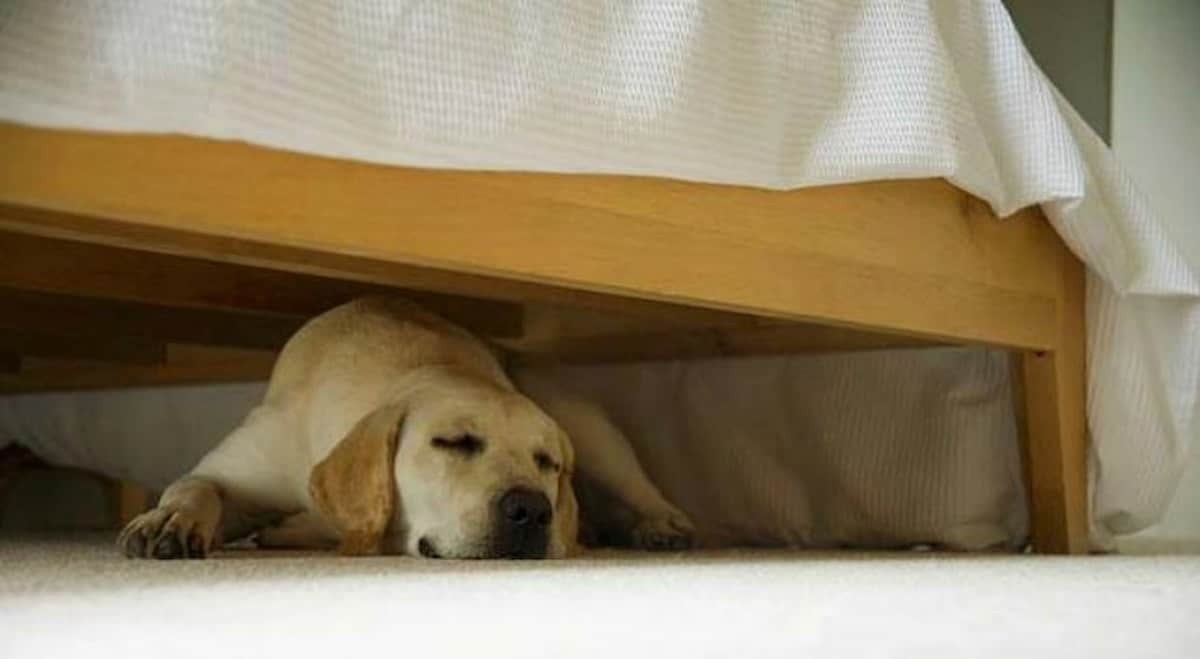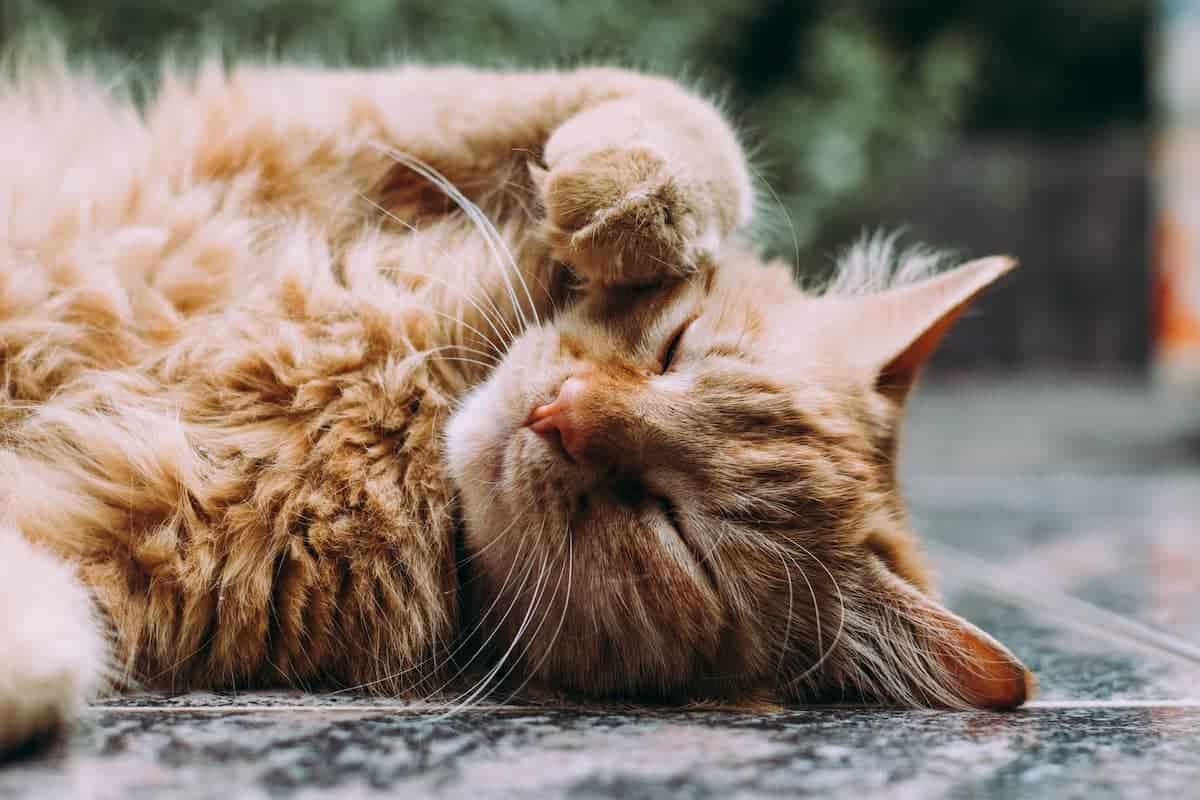Do you ever watch your cat sleep and wonder what the heck is going on in their head? Why do they twitch and move around so much? Believe it or not, there is a reason for all of that movement. In this article, we will explore the various phases of sleep for cats and why they twitch in their sleep. We will also discuss how to tell if your cat is having a seizure, and what you can do to help it.
Why Cats Twitch in Their Sleep
If you’ve ever seen your cat twitching during a daytime nap, you’ve probably wondered why. As it turns out, there’s a number of reasons why your cat twitches in its sleep.
They’re Dreaming
Sleep cycles for cats are strikingly similar to those of humans. Most mammals go through the same stages of sleep that we humans do, and cats are no exception. If you see your cat twitching while it’s asleep, there’s a good chance that it’s dreaming. Whether it’s running through a forest or chasing a mouse in its dream, we’ll never know, but it’s reasonable to assume that the twitching is your cat’s response to what it’s experiencing in the dream. You shouldn’t feel the need to wake your cat while it’s dreaming. This stage of sleep is important. Even if they seem seriously disturbed, it’s just a dream.
Nervous System Development
If your cat is a kitten, it’s probably twitching while it’s asleep because its nervous system is still developing. When babies are born and for the first few months of their life, they have little to no control over their movements, this is due in part to their still-developing nervous system. When your kitten sleeps, you might see its paws moving rapidly like it’s paddling, or its tail wagging like it’s upset. This is a natural process of the nervous system developing. This can sometimes occur in adult cats, but it’s usually safe to assume that it’s due to a growing nervous system when it’s a kitten.
They’re Having Muscle Spasms
No matter what age your cat is, it’s possible that it’s twitching because of muscle spasms. Muscle spasms can occur for a number of reasons: lack of water intake, dehydration, electrolyte imbalances in the body and, in some cases, other medical conditions. Muscle spasms are a totally natural and harmless occurrence. It’s simply the muscles relaxing, contracting, and relaxing again. This only happens when they’re at rest, so you know they’re relaxed when you see them twitching. Muscle spasms can occur at any sleep stage, but are more common in REM sleep.
They’re Having a Seizure
Seizures are a rare cause for twitching while asleep. In fact, there are some crucial differences between simple twitching and a seizure that you should be aware of. When seizing, cats may also exhibit other signs of illness such as violent shaking throughout their body, excessive salivation, chewing of their own face, and uncontrolled urination or defecation.
If you see any of these signs coupled with twitching or shaking, your cat may be having a seizure and should be rushed to a veterinarian facility as soon as possible. It’s important that you remain calm, and be there for your cat.
The Various Phases of Sleep for Cats
Cats are an incredibly interesting species. We’ve all seen them twitch in their sleep, but what exactly is going on with cats when they do this? Now, we will explore the various phases of sleep for cats and why they twitch in their sleep.
Cats have a high-energy lifestyle – walking around at night to hunt prey, moving from place to place as needed – so it makes sense that they would need more sleep than humans. Cats spend about 16 hours per day sleeping! As you might imagine, there are different phases of cat sleep. Each phase has its own benefits for your kitty friend’s health and well-being, which we’ll cover shortly.
Light Sleep
Light sleep is the first phase of sleep for both cats and humans – and most other mammals for that matter. This is the phase in which you’re in between being awake and being asleep. You might be aware of some environmental stimuli, such as a noise or movement in the room, but you’re not fully alert. This is also the phase in which cats move around the most. They may switch positions frequently or groom themselves.
This light sleep phase is incredibly important for your cat because it allows their body to rest and recharge. In fact, about 50% of a cat’s total sleep time is spent in this stage, hence the term, “cat nap.”
Deep Sleep
The deep sleep phase is much more relaxed than light sleep. Your cat’s body starts to produce more melatonin, which is the hormone that helps you fall asleep and stay asleep. Cats need deep sleep, but not as much as humans, as we don’t spend the rest of our time taking cat naps. It’s not likely that you’ll find your cat in deep sleep during the sunny hours of the day, as they’re least alert during deep sleep. They most often reserve this for when they intend to go to sleep and stay asleep for some time. That being said, it’s still possible for cats to enter a deep sleep during the day.
REM Sleep
The REM phase of sleep is known as rapid eye movement sleep. Throughout this REM phase, they may twitch occasionally while dreaming – which can be a cute sight if you happen to catch them in the act. You might also notice that your cat starts breathing heavily during the REM cycle. This phase of sleep is when the brain is most active, so it’s not unusual (even for humans) to breathe more heavily, and twitch more.
Activated Sleep
Activated sleep is typically only kitten-specific. That simply means that kittens’ nervous systems are still developing, which means that they’re still active even while they sleep.
Conclusion
So, why do cats twitch in their sleep? It’s a combination of things. Some cases are normal and nothing to worry about, such as twitching when dreaming or during activated sleep (kittens only).
Other times, your cat may be having muscle spasms – which can happen from time to time with any mammal.
In some rare cases, your cat might be having a seizure so it’s important that you know what signs to look for if this is the case. If your cat has never had a seizure before then they should go see the vet right away!
